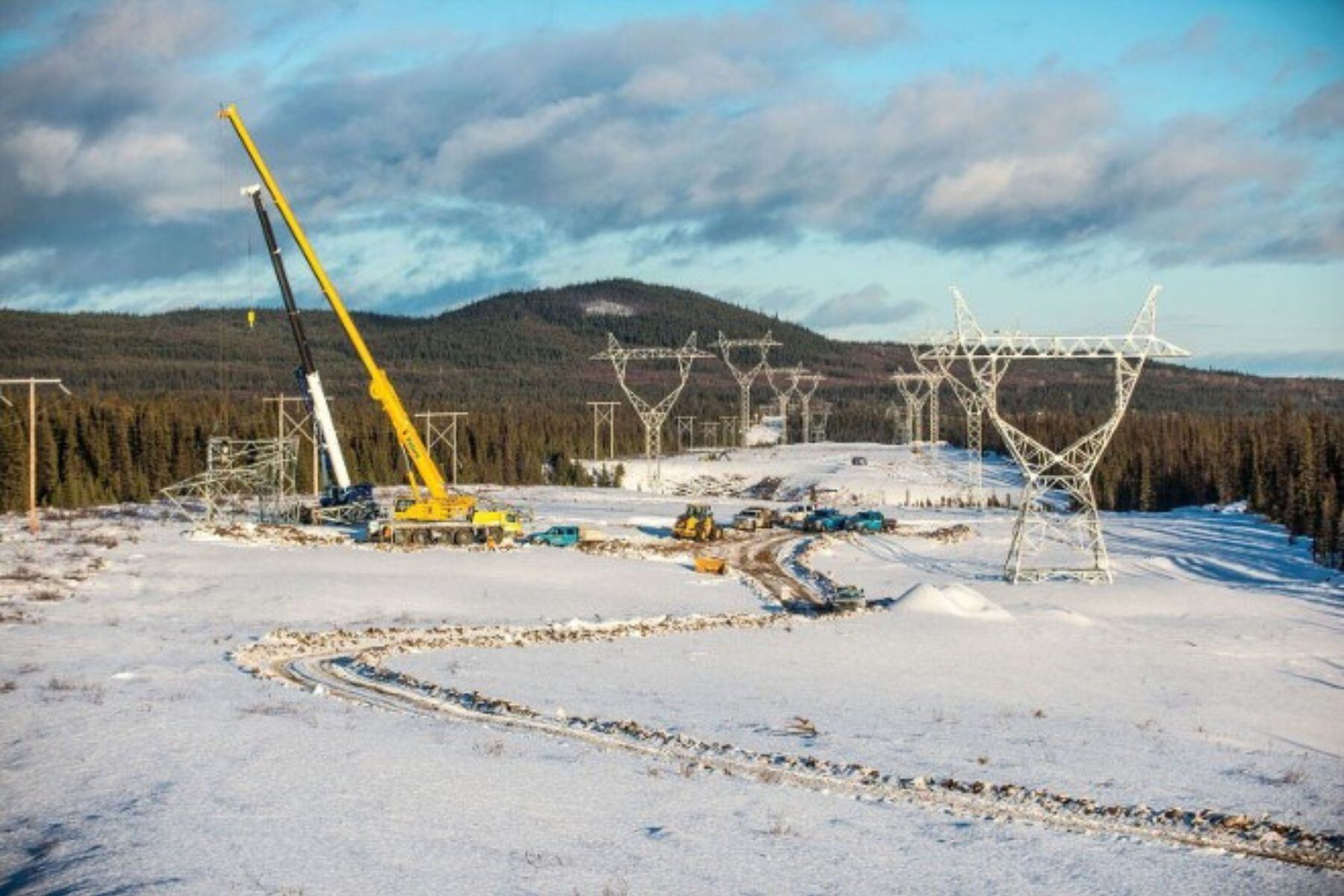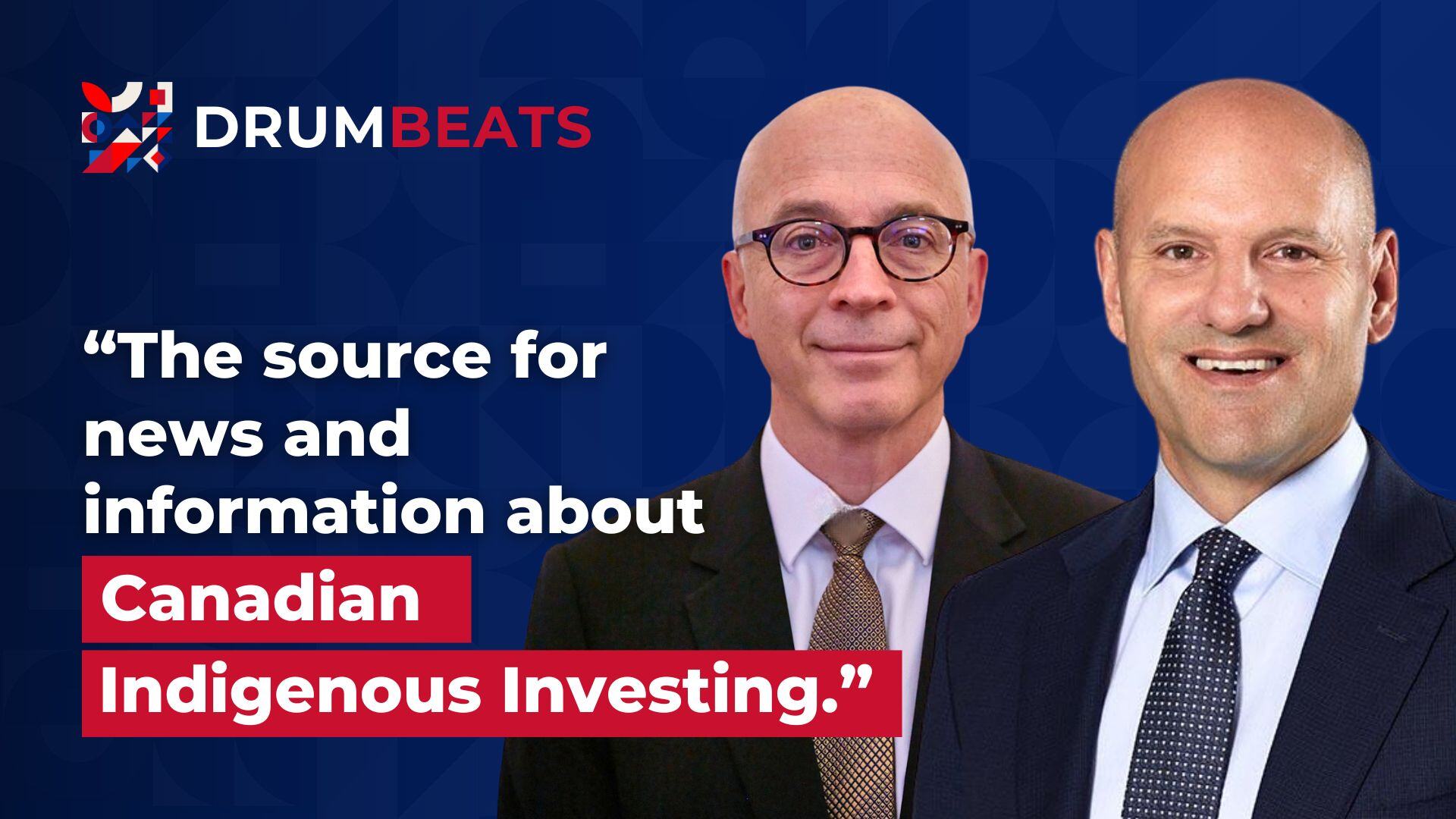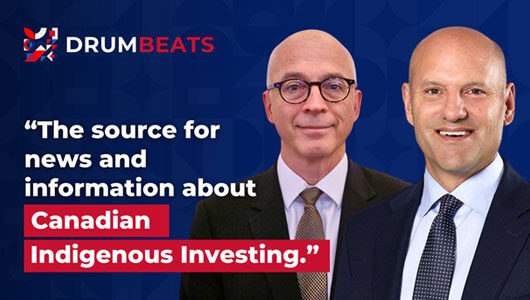
East-West Tie Transmission Project
The East-West Tie Transmission Project, which began construction in 2019 and was completed in 2022, is a significant infrastructure development connecting Thunder Bay and Wawa, Ontario. Spanning approximately 450 kilometres, it features a double-circuit 230-kilovolt transmission line linking Hydro One’s Wawa Transformer Station, Marathon Transformer Station, and Lakehead Transformer Station in Thunder Bay. The project involved the installation of 1,228 towers, 3,563 kilometres of conductors, and 2,588 tower foundations, reflecting the immense scale of this undertaking.
Beyond addressing Northern Ontario’s growing electricity demand and enhancing grid reliability, the project stands out for its collaborative engagement with 39 First Nation communities in the region. Indigenous involvement was integral to shaping the project, ensuring traditional knowledge, cultural preservation, and environmental stewardship were prioritised alongside economic development. This approach exemplifies a progressive model for balancing infrastructure advancement with respect for Indigenous rights and sustainable practices.
Challenges
From the outset, the East-West Tie project faced significant hurdles, particularly regarding Indigenous land rights and environmental concerns. Indigenous communities, whose territories are traversed by the proposed route, expressed apprehensions about potential disruptions to their lands, sacred sites, and ecosystems. These lands hold immense cultural and spiritual significance, and their preservation is a priority for Indigenous stakeholders.
Moreover, the project had to align with the Crown's duty to consult and accommodate Indigenous peoples, as mandated by Canadian law. This required extensive engagement to understand and address community concerns adequately. The project also faced ecological scrutiny, as the region encompasses sensitive habitats and wildlife corridors, adding complexity to the planning process.
Solutions
To address these challenges, NextBridge Infrastructure, the project developer, adopted a proactive and inclusive approach. Early and sustained engagement with Indigenous communities became a cornerstone of the project strategy. This involved consultations with leaders, knowledge keepers, and community members to identify and mitigate potential impacts.
Indigenous traditional knowledge was integrated into environmental assessments, allowing the project team to reroute the transmission line where necessary to avoid sensitive areas. In addition, community benefit agreements were negotiated, ensuring that Indigenous communities would receive economic and social benefits, such as training, employment opportunities, and revenue-sharing arrangements.
Partnership Formation
The success of the East-West Tie project hinged on the strong partnerships formed with Indigenous communities. NextBridge signed a memorandum of understanding with the Métis Nation of Ontario and engaged extensively with Anishinabek communities along the project corridor. These partnerships were not merely transactional but built on mutual respect and shared objectives.
Indigenous businesses played an integral role in the project’s supply chain, providing services ranging from environmental monitoring to construction support. Prioritising local partnerships ensures NextBridge not only advanced the project but also contributed to building economic capacity within Indigenous communities.
The East West Tie provides more than just the flexibility and capacity needed to support thriving communities and growth in the mining and industrial sectors. It ensures the long-term reliability of the electricity system while prioritising Indigenous participation. Relationships with Indigenous communities were strengthened through Supercom Industries LP, a 100% Indigenous-owned partnership focused on employment and procurement opportunities.
In addition, Bamkushwada, a group made up mostly of Indigenous communities, holds an equity stake in the East West Tie project. The revenue from the project helps improve the quality of life for these communities, bringing tangible social and economic benefits.
Project Scope and Objectives
The primary objective of the East-West Tie Transmission Project was to enhance Northern Ontario’s energy infrastructure. By connecting major grid hubs, the project sought to ensure a stable and reliable power supply to support economic development in the region.
However, the scope extended beyond technical goals. The project aimed to set a new standard for Indigenous engagement in infrastructure development. By prioritising meaningful consultation and equitable benefit-sharing, it aspired to create a blueprint for future projects in Canada.
Impact and Benefits
The project generated substantial benefits for Indigenous communities. Training programmes equipped local residents with skills for construction and maintenance jobs, leading to sustained employment opportunities. Contracts awarded to Indigenous businesses bolstered local economies and encouraged entrepreneurship.
Environmental benefits also emerged as Indigenous knowledge contributed to safeguarding ecosystems along the transmission route. Indigenous-led monitoring programmes ensured ongoing oversight of the project’s ecological impact, reinforcing its sustainability commitments.
Outcome
The East-West Tie Transmission Project stands as a testament to the transformative potential of Indigenous partnerships. By centring Indigenous voices, the project achieved not only its technical and economic objectives but also fostered trust and collaboration with local communities. This approach has set a precedent for integrating Indigenous perspectives into large-scale infrastructure projects, proving that economic development and cultural preservation can coexist harmoniously.

Don’t miss an episode – Subscribe to our podcast!
Listen to invaluable insights from industry leaders. Join our podcast to delve deeper into the world of Indigenous communities, investments, and more. Don't miss an episode - follow our podcast today.
Don’t miss an episode – Subscribe to our podcast!
Listen to invaluable insights from industry leaders. Join our podcast, Drumbeats, to delve deeper into the world of Indigenous communities, investments, and more. Don't miss an episode - follow our podcast today.




